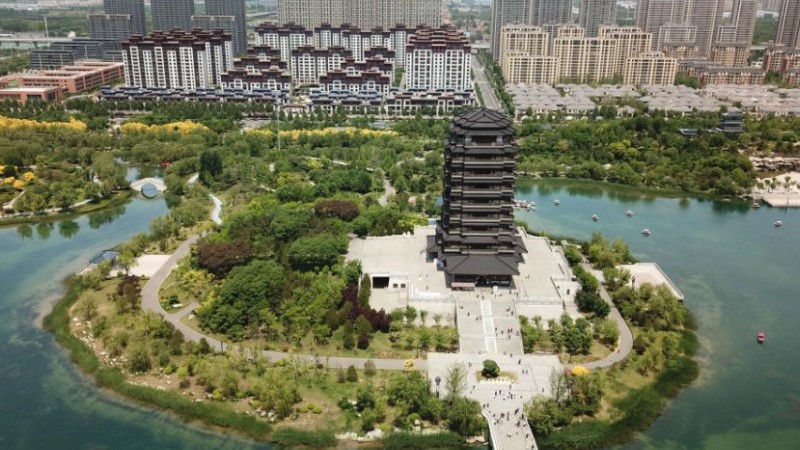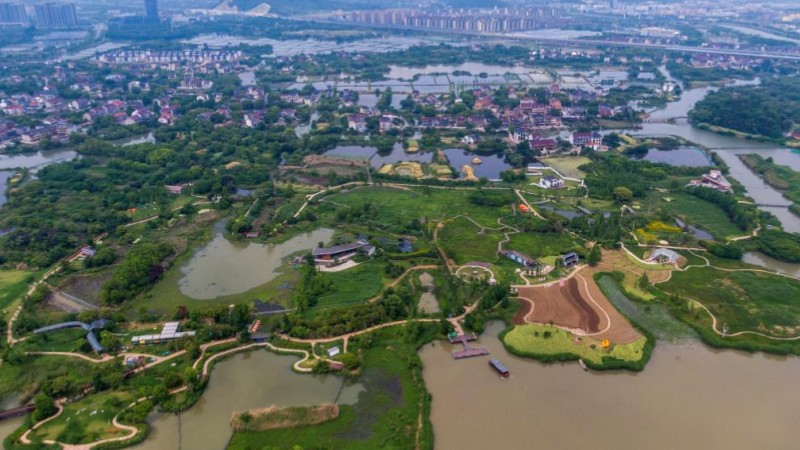Over 300,000 containers shipped via land-sea trade corridor this year
NANNING, May 13 (Xinhua) -- A freight train carrying cargo from Indonesia, which left a station at Qinzhou Port in south China's Guangxi Zhuang Autonomous Region on Thursday, is running towards southwest China's Chongqing and scheduled to arrive at the municipality in three days.
The New International Land-Sea Trade Corridor has this year seen more than 300,000 twenty-foot equivalent unit (TEU) containers transported aboard the railway's intermodal freight trains, up 14 percent year on year, according to the China Railway Nanning Group Co., Ltd.
Statistics from Nanning Customs show that in the first quarter of this year, the materials and new energy industries promoted foreign trade along the new western land-sea corridor.
A total of 40,000 tonnes of new energy raw materials such as nickel-sulfur, ferronickel and spodumene have this year been imported along the new western land-sea corridor via Qinzhou Port, increasing 37 times year on year.
The total value of imports and exports to and from relevant provinces, regions and municipalities along the route via Qinzhou Port was 31.89 billion yuan (about 4.59 billion U.S. dollars), an increase of 77.4 percent year on year.
This year, auto parts produced in Sichuan, Guangxi and Chongqing saw the biggest export increase on the new western land-sea corridor, with exports doubling from the same period last year, said Zhao Jian, deputy director of Qinzhou Port's east railway station. Shortening from Thailand saw the biggest import increase, with imports growing over 50 percent from last year.
Launched in 2017, the New International Land-Sea Trade Corridor is a trade and logistics passage jointly built by western Chinese provinces and ASEAN member states.
Chongqing is the corridor's transportation hub. Ports in Guangxi's Beibu Gulf are used to reach ports in Singapore and other ASEAN members, and the corridor links western Chinese cities with Central Asia, South Asia and Europe.
The corridor covers 17 provinces and 61 cities in China, and it has expanded its reach to 393 ports in 119 countries and regions.
Photos
Related Stories
- China's Hebei sees foreign trade up 17 pct in Q1
- China's green exports further propel foreign trade growth
- China's service consumption vitality boosts confidence of int'l trade partners
- China's property rights market sees record trading in 2022
- Officials see trade growing this year
- Ministry mulls policies to boost foreign trade
- Cross-border e-commerce injects stronger impetus into foreign trade
- China's int'l trade in services hits 459.5 bln yuan in January
- Global trade remains resilient despite Russia-Ukraine conflict: WTO
- Int'l trade with China soars in 2022, decoupling theory crushed by real flows
Copyright © 2023 People's Daily Online. All Rights Reserved.









